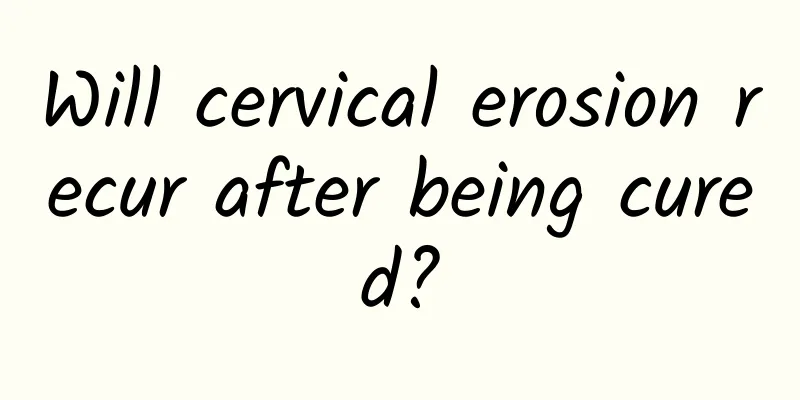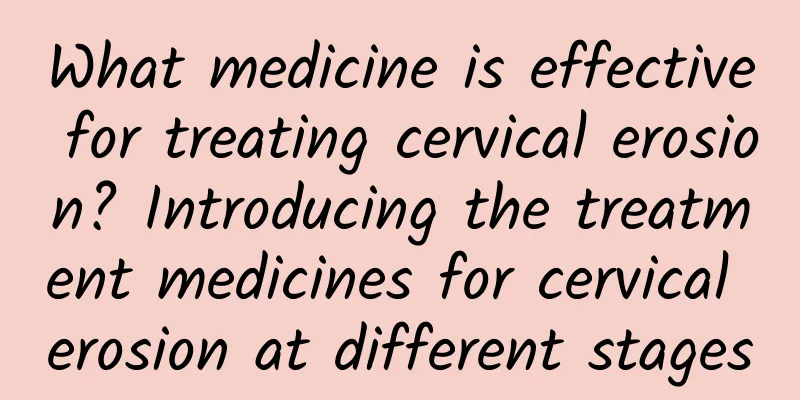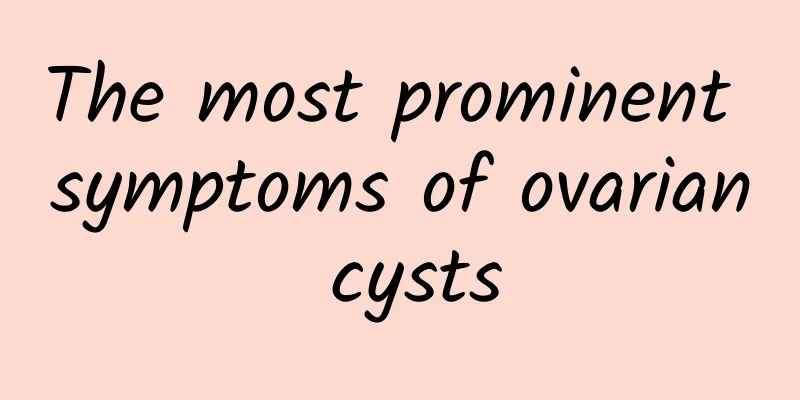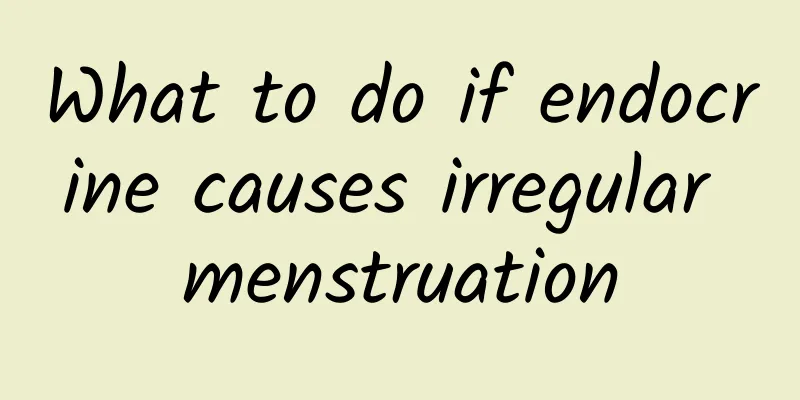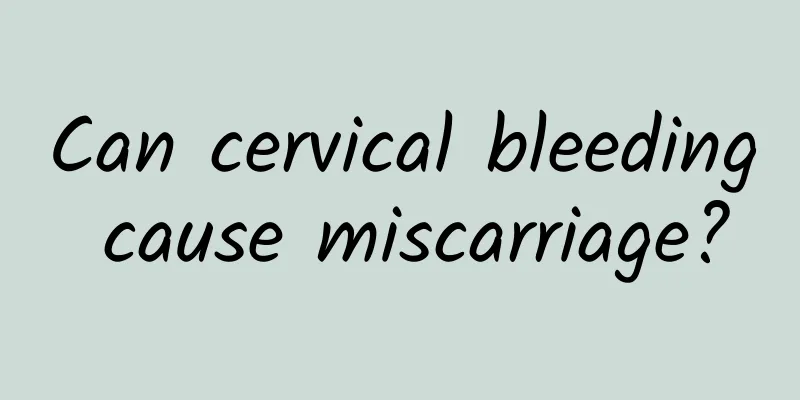Is cervical erosion severe?
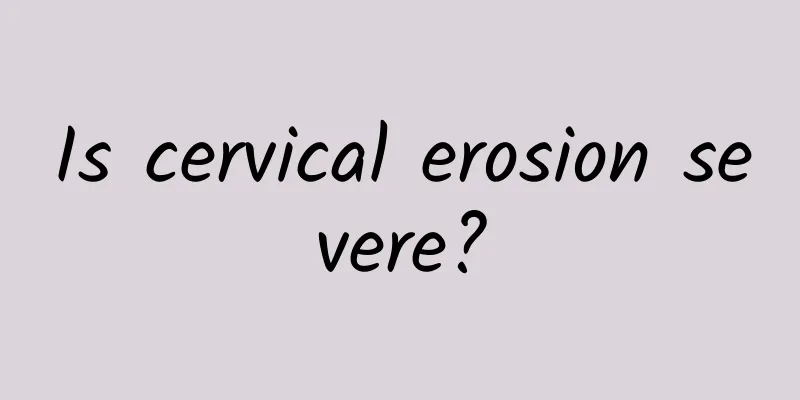
|
Severe cervical erosion needs to be taken seriously, but not all cases mean serious diseases. Cervical erosion is a common physiological phenomenon of cervical surface cells. Severe erosion may be related to inflammation, infection or cervical lesions. Treatment methods include drug therapy, physical therapy and surgical treatment. The specific choice should be determined according to the cause and condition. 1. Causes of severe cervical erosion There are many causes of severe cervical erosion, which may be related to the following factors. Genetic factors may make the cervical tissue more fragile and prone to erosion. Environmental factors such as long-term exposure to chemicals or bad living habits such as smoking may also increase the risk. Physiological factors such as fluctuations in hormone levels, especially high estrogen levels, may lead to hyperplasia of cervical epithelial cells. Trauma such as multiple births or cervical surgery may damage cervical tissue. Pathological factors include chronic cervicitis, human papillomavirus (HPV) infection, etc., which may develop into cervical precancerous lesions in severe cases. 2. Treatment of severe cervical erosion The treatment method should be selected according to the specific cause and condition. Drug therapy is suitable for mild to moderate erosion. Commonly used drugs include anti-inflammatory drugs such as metronidazole, antiviral drugs such as acyclovir, and hormone drugs such as estrogen ointment. Physical therapy is suitable for moderate to severe erosion. Common methods include laser therapy, cryotherapy and electrocautery therapy, which promote the regeneration of healthy tissue by destroying abnormal cells. Surgical treatment is suitable for severe erosion or suspected precancerous lesions. Common surgeries include cervical conization, LEEP knife surgery and hysterectomy. Surgery can completely remove the diseased tissue. 3. Lifestyle adjustment and prevention Lifestyle conditioning plays an important role in relieving the symptoms of cervical erosion and preventing recurrence. In terms of diet, it is recommended to consume more foods rich in vitamins C and E, such as citrus fruits and nuts, to enhance immunity. Avoid spicy and irritating foods to reduce inflammatory responses. In terms of exercise, moderate aerobic exercise such as brisk walking and yoga can help improve blood circulation and enhance physical fitness. Maintaining good personal hygiene habits, avoiding the use of irritating lotions, and regular gynecological examinations, especially HPV screening and cervical cytology examinations, can help detect and treat lesions early. Although severe cervical erosion requires attention, most patients can effectively control the condition through scientific treatment and a healthy lifestyle. Regular examinations, early intervention and personalized treatment are the key to managing cervical erosion. If you feel uncomfortable or have suspected symptoms, you should seek medical attention in time to avoid delaying treatment. |
<<: Cervical adhesion after abortion
>>: How to check which bacteria causes chronic cervicitis
Recommend
What medicine should I take for thickened endometrium of uterine fibroids? How should I treat thickened endometrium of uterine fibroids?
Uterine fibroids are one of the most common tumor...
Common causes of dysmenorrhea
Dysmenorrhea is a common gynecological disease in...
Is it serious to have ovarian cysts? Do I need to be treated immediately?
Ovarian cysts are very harmful. Severe ovarian cy...
What should pregnant women do if they have uterine fibroids? How should pregnant women treat uterine fibroids?
Uterine fibroids are the most common benign tumor...
Common nursing methods for patients with cervical warts
People should pay attention to the occurrence of ...
Some common symptoms of menopause
Generally speaking, women will only experience me...
What should women do if they have uterine fibroids? What should they pay attention to in their diet for uterine fibroids?
It is very common for women to have uterine fibro...
What should I do if adolescent girls have amenorrhea?
If a girl over 18 years old has not had her perio...
Will eating starch make you fat? Use it in cooking to prevent cancer and control weight
When it comes to taro, many people think that it ...
How to prevent pelvic inflammatory disease
How to prevent pelvic inflammatory disease? As on...
How to check cervical warts?
Cervical warts are currently a very serious sexua...
How to prevent vulvar itching most effectively
Vulvar pruritus can be prevented by some precauti...
Artists all love cabbage, a good ingredient for weight loss! 4 soup recipes to help you lose weight, reduce edema and fight aging
"Cabbage", a weight-loss ingredient lov...
Eating glutinous rice balls will make your face less round! Block calories with 3 beans and 2 teas
Have you eaten Tangyuan today? In cold weather, d...
What are the symptoms of cervicitis in women? How does traditional Chinese medicine treat cervicitis?
Many women do not take the correct treatment meas...


